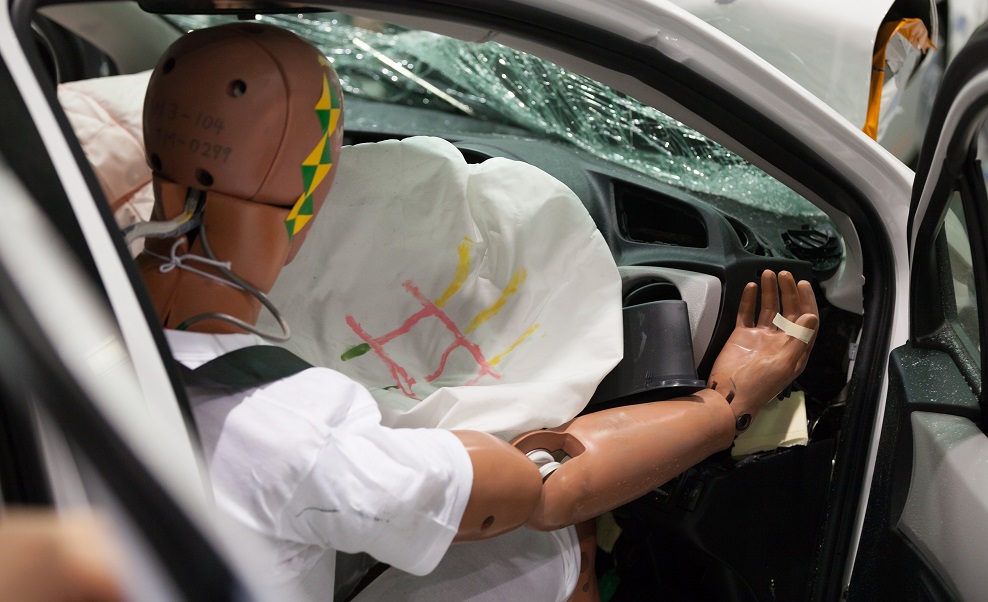In addition to In-Car Entertainment (ICE) being a significant growth area, it’s in the area of driver assistance that the most significant changes have occurred. Anti-Lock Braking Systems (ABS) were arguably the first aids developed in the 1950’s, taking technology originally developed for aviation use and transferring it to automotive use. The first production car utilizing electronic ABS was in 1978, and from around the same time, the developments in computing technology enabled manufacturers to move to Electronic Control Units (ECUs) to increase efficiency and reduce emissions by continual real-time management of engine characteristics.
ECUs were crucial to the advent of active safety systems such as anti-lock braking, traction and skid-control, where wheel sensors trigger the unit’s reaction to loss of grip. More recently, ECU’s have been linked to sonar, radar and laser emitters performing functions such as blind-spot and pedestrian collision warnings, automated breaking and safe distance-keeping via smart cruise control. Sensors also provide parking guidance and fully automated parking, with the aid of an on-board computer tied to brakes, steering and throttle. Such systems are now known as Advanced Driver Assistance Systems (ADAS).
Testing vehicle performance in potentially life-threatening situations is naturally done without human subjects, but the business of detailed, structured ADAS testing requires more than just crash-test dummies. Not only does the data require capture at every point in what is a live test, in order to ensure consistency with standards related to speed, direction and interaction with mobile objects, the cars need to be driven by robots and the “targets” similarly coordinated and controlled. Given these demanding mobile and dynamic requirements, it’s no surprise that the leading providers of test facilities and robotic vehicle control mechanisms turn to Rajant for their communications.
One such Rajant user is AB Dynamics, a British-based business, providing a comprehensive range of vehicle test and development systems used by the world’s largest vehicle manufacturers. At the heart of their advanced test capabilities are Rajant BreadCrumbs.
Rajant capabilities incorporated into AB Dynamics systems enable the creation of secure Mesh Networks whilst providing high throughput data transfer between multiple vehicles. This offers greatly improved reliability over standard WLAN technology, making it ideal for vehicle testing, including Euro NCAP Autonomous Emergency Braking testing and driverless vehicle testing provides low latency data transfer between multiple vehicles or to Ground Traffic Control.
Due to the characteristics of the Kinetic Mesh Network, it is suitable for use in large areas with obstructions such as trees or buildings and is largely immune to multi-path interference. Real-time test data from multiple moving vehicles can be relayed to the laboratory for remote monitoring. This includes AB Dynamics’ Driverless and Synchro Robot data, along with comprehensive Vehicle to Vehicle (V2V) and Vehicle to Everything (V2X) position and speed measurement.
The same reliance on high-bandwidth, low latency and constant communication are also the criteria that regularly prompt Autonomous Solutions to specify Rajant networks for use with their autonomous vehicle solutions.
Once more, the low latency and 100% connectivity of the Kinetic Mesh Network is ensuring that the largest of road-going vehicles can be thoroughly tested—without testing the humans! 🖉













